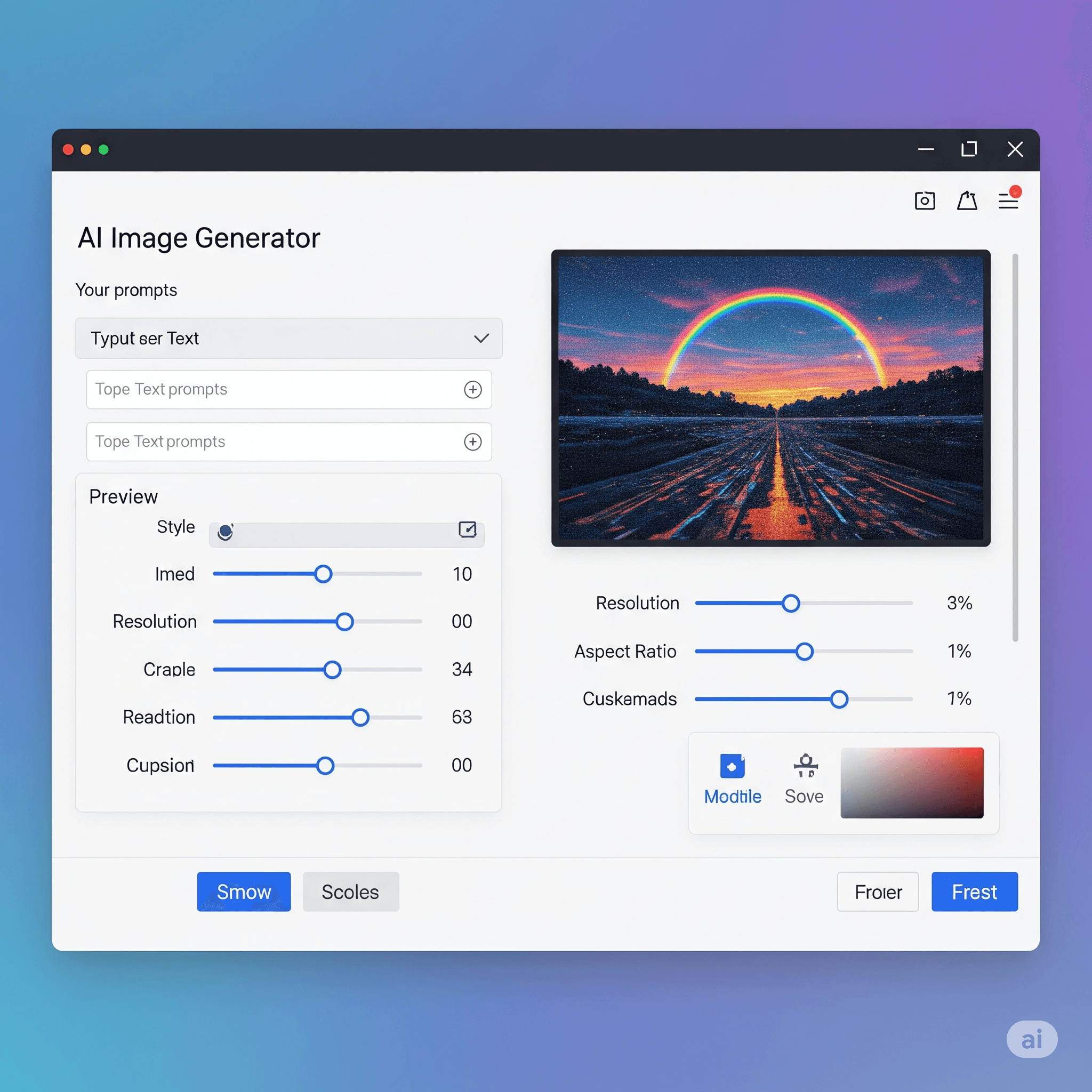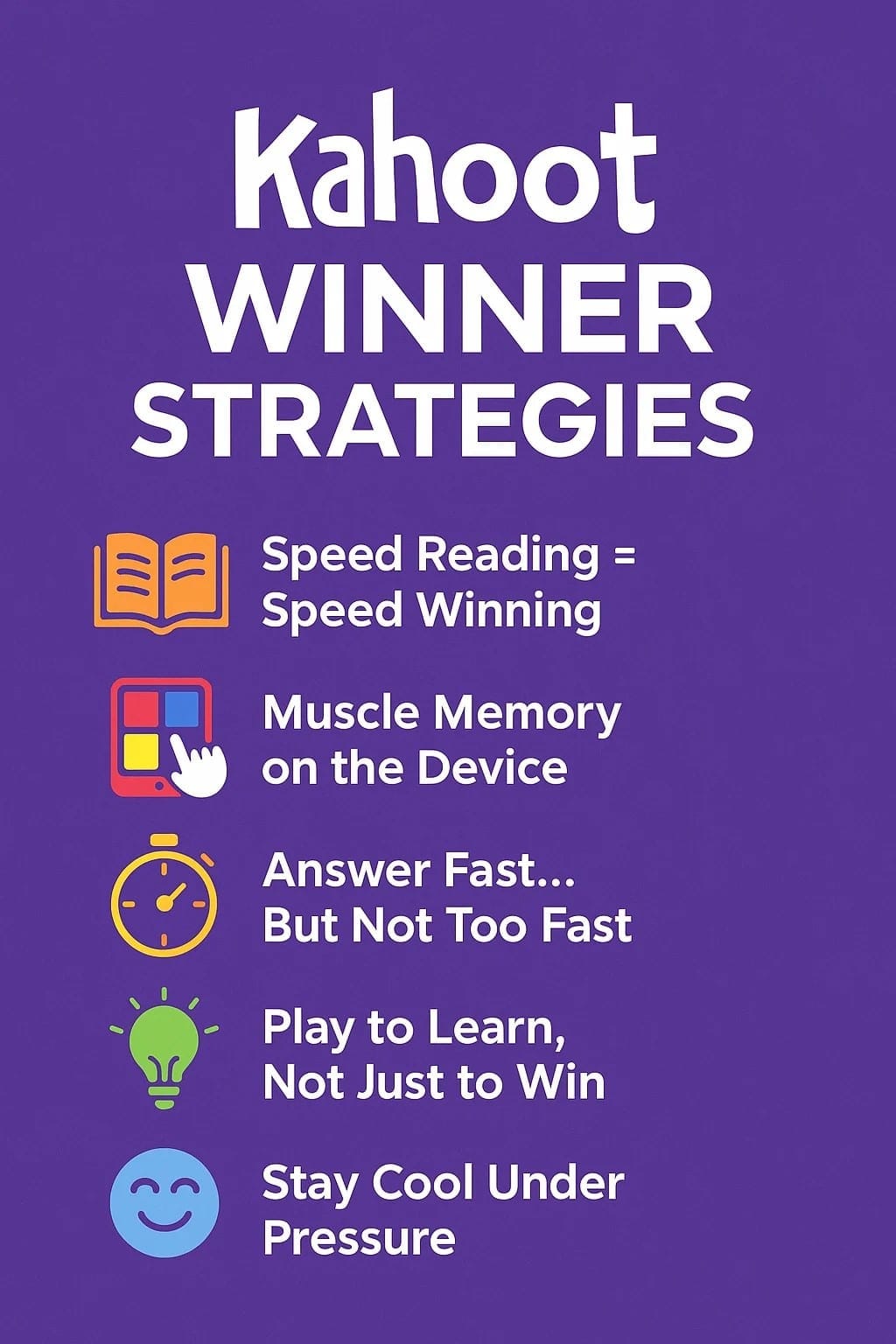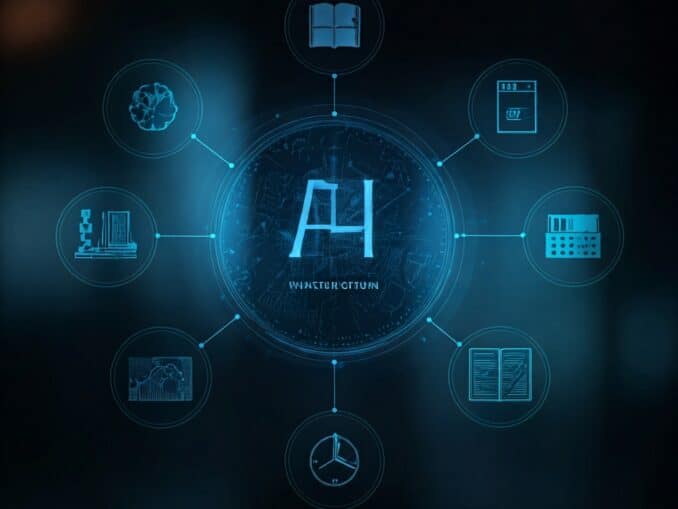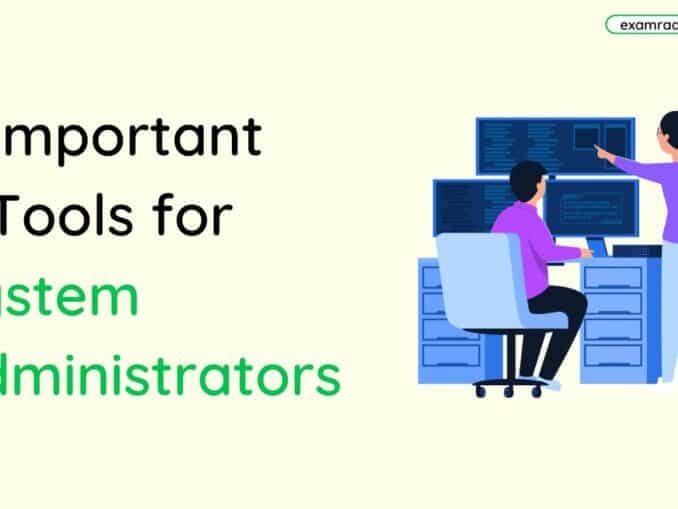Question: What is World Wide Web?
Answer:
The World Wide Web (WWW), often referred to as the Web, is an information system of interconnected documents and resources linked by hyperlinks and URLs (Uniform Resource Locators). It is a global network of information accessible through the Internet.
Here are some key points about the World Wide Web:
1. Creation and Development: The World Wide Web was created by Sir Tim Berners-Lee in 1989 while working at CERN, the European Organization for Nuclear Research. It was originally designed as a way to facilitate the sharing and exchange of scientific information.
2. Hyperlinking and Web Pages: The Web consists of web pages that are connected through hyperlinks. Hyperlinks are clickable links that allow users to navigate between different web pages and resources. Each web page is written in HTML (Hypertext Markup Language) and can include various forms of multimedia content, such as text, images, videos, and interactive elements.
3. Internet Protocol: The World Wide Web operates on the Internet using the HTTP (Hypertext Transfer Protocol) protocol. HTTP is the set of rules that governs the communication between web browsers (client) and web servers. When a user requests a web page by entering a URL in a web browser, the browser sends an HTTP request to the server, which responds with the requested web page or resource.
4. Universal Resource Locators (URLs): URLs are addresses used to locate specific web pages or resources on the Web. A URL typically consists of several components, including the protocol (e.g., http://), the domain name (e.g., www.example.com), and the specific path to the resource.
5. Web Browsers: Web browsers are software applications that allow users to access and view web pages on the World Wide Web. Popular web browsers include Chrome, Firefox, Safari, and Edge. Browsers interpret and render HTML code, process hyperlinks, and display web content to users.
6. Search Engines: Search engines play a vital role in the Web by indexing and organizing vast amounts of web pages and resources. They allow users to search for specific information by entering keywords or phrases, and then provide relevant search results based on their algorithms.
7. Accessibility and Global Reach: The World Wide Web has become a ubiquitous and accessible platform for information dissemination, communication, and collaboration. It enables individuals and organizations worldwide to share and access information, connect with others, conduct e-commerce, and participate in various online activities.
Overall, the World Wide Web has revolutionized the way we access and interact with information, connecting people across the globe and serving as a vast repository of knowledge, resources, and services.
MCQ: World Wide Web
Explanation:
The World Wide Web (WWW), often referred to as the Web, is an information system of interconnected documents and resources linked by hyperlinks and URLs (Uniform Resource Locators). It is a global network of information accessible through the Internet.
Here are some key points about the World Wide Web:
1. Creation and Development: The World Wide Web was created by Sir Tim Berners-Lee in 1989 while working at CERN, the European Organization for Nuclear Research. It was originally designed as a way to facilitate the sharing and exchange of scientific information.
2. Hyperlinking and Web Pages: The Web consists of web pages that are connected through hyperlinks. Hyperlinks are clickable links that allow users to navigate between different web pages and resources. Each web page is written in HTML (Hypertext Markup Language) and can include various forms of multimedia content, such as text, images, videos, and interactive elements.
3. Internet Protocol: The World Wide Web operates on the Internet using the HTTP (Hypertext Transfer Protocol) protocol. HTTP is the set of rules that governs the communication between web browsers (client) and web servers. When a user requests a web page by entering a URL in a web browser, the browser sends an HTTP request to the server, which responds with the requested web page or resource.
4. Universal Resource Locators (URLs): URLs are addresses used to locate specific web pages or resources on the Web. A URL typically consists of several components, including the protocol (e.g., http://), the domain name (e.g., www.example.com), and the specific path to the resource.
5. Web Browsers: Web browsers are software applications that allow users to access and view web pages on the World Wide Web. Popular web browsers include Chrome, Firefox, Safari, and Edge. Browsers interpret and render HTML code, process hyperlinks, and display web content to users.
6. Search Engines: Search engines play a vital role in the Web by indexing and organizing vast amounts of web pages and resources. They allow users to search for specific information by entering keywords or phrases, and then provide relevant search results based on their algorithms.
7. Accessibility and Global Reach: The World Wide Web has become a ubiquitous and accessible platform for information dissemination, communication, and collaboration. It enables individuals and organizations worldwide to share and access information, connect with others, conduct e-commerce, and participate in various online activities.
Overall, the World Wide Web has revolutionized the way we access and interact with information, connecting people across the globe and serving as a vast repository of knowledge, resources, and services.
Discuss a Question
Related Questions
- 1. In SMTP, the entity that is used to transfer the message is called the ________
- 2. In the destination e-mail address [email protected], _______ defines the local part of the destination
- 3. Among services available on the World Wide Web are (i)Encryption (ii)HTTP (iii)HTML (iv)Firewalls
- 4. In the destination e-mail address [email protected], _______ defines the domain name of the destination
- 5. EDIFACT is a standard
- 6. A world wide web contains web pages
- 7. In an e-mail address, _______ separates the local part from the domain part
- 8. EDIFACT standard was developed by
- 9. When an e-mail is sent, it is first stored in a(n) __________
- 10. ANSI X.12 is a standard developed by
You may be interested in:
Web Fundamental MCQs






